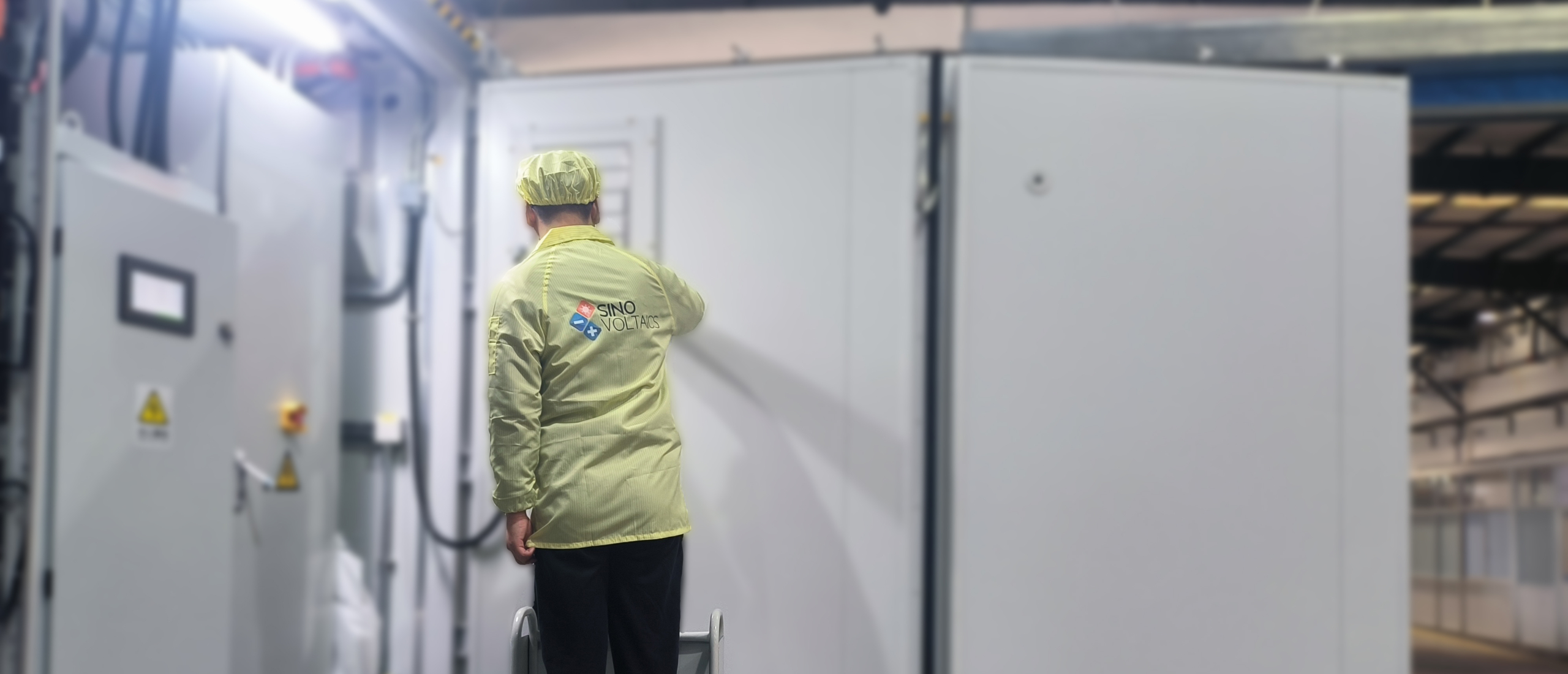
Understanding BESS Specifications: Key Factors to Consider
Introduction
When investing in a Battery Energy Storage System (BESS), understanding its technical specifications is crucial. These specifications determine performance, efficiency, lifespan, and overall suitability for your energy needs.
This guide breaks down the key BESS specifications you should analyze before purchasing a system to ensure optimal performance and long-term reliability.
1. Power Rating (kW) vs. Energy Capacity (kWh)
- Power Rating (kW): The maximum amount of electricity the BESS can deliver at a given moment.
- Energy Capacity (kWh): The total amount of energy the system can store and discharge.
For example:
- A 2 MW / 4 MWh BESS can continuously deliver 2 MW for 2 hours before it runs empty.
- A 1 MW / 4 MWh BESS can deliver 1 MW for 4 hours with the same energy storage.
Key Consideration: Ensure your system’s power rating matches your peak demand while energy capacity meets your storage duration needs.
2. Depth of Discharge (DoD)
Depth of Discharge (DoD) is the percentage of a battery’s capacity that can be used before recharging. It depends on the manufacturer model and the kind of technologies being used. For example:
- Lithium-Ion Batteries (LFP, NMC): 80-90% DoD
- Lead-Acid Batteries: 50-60% DoD
- Flow Batteries: 100% DoD
A higher DoD allows you to use more stored energy, but exceeding the recommended DoD regularly can shorten battery lifespan.
Key Consideration: Choose a battery with a high DoD to maximize energy usage without degrading performance.
3. Usable Energy
Usable Energy is considering energy capacity and recommended DoD. In a word, this is the capacity you can really use by respecting the manufacturer DoD recommendations. For example:
- 4MWh BESS with 80% DoD, then your usable energy is 3.2MWh
4. Round-Trip Efficiency (%)
Round-trip efficiency measures how much energy you get out compared to what you put in.
The Round-Trip Efficiency (RTE) formula for a Battery Energy Storage System (BESS) is: Where:
Where:
- Energy Input = Total energy supplied to charge the battery (MWh or kWh)
- Energy Output = Total energy discharged from the battery (MWh or Kwh)
- Lithium-Ion (LFP, NMC): 85-95% efficiency
- Lead-Acid: 70-80% efficiency
- Flow Batteries: 65-75% efficiency
Key Consideration: A higher efficiency means less energy loss and better cost savings over time.
5. Cycle Life & Battery Lifespan
Each battery has a limited number of charge-discharge cycles before degradation.
Key Consideration: Look for a longer cycle life and lifespan to reduce replacement costs and ensure durability.
6. C-Rate (Charge & Discharge Speed)
The C-rate defines how fast a battery can charge or discharge relative to its capacity.
- 1C Rate: The battery charges/discharges in 1 hour (e.g., a 100 kWh battery discharges at 100 kW).
- 0.5C Rate: The battery discharges in 2 hours (e.g., 100 kWh battery discharges at 50 kW).
- 2C Rate: The battery discharges in 30 minutes (e.g., 100 kWh battery discharges at 200 kW).
Key Consideration: Select a C-rate that aligns with your application’s power demand and energy discharge needs.
7. Ingress Protection (IP Rating) & Operating Conditions
The IP rating determines how well the BESS enclosure is protected from dust and water.
- IP55: Moderate protection for outdoor use.
- IP67: Higher protection against dust and water immersion.
Other environmental considerations:
- Operating Temperature Range: Most lithium-ion batteries operate between -20°C to 50°C. But they need to be maintained at a lower temperature thanks to the cooling system.
- Cooling Systems: Choose air, liquid, or hybrid cooling based on climate conditions.
Key Consideration: Ensure the BESS has the appropriate IP rating and thermal management system for its installation environment.
Conclusion
Understanding BESS quality specifications helps in selecting the right system based on power needs, efficiency, lifespan, and environmental conditions. By carefully evaluating these factors, you can make an informed decision that maximizes performance, cost savings, and longevity. Learn more about BESS and Energy Storage Factory Acceptance Test (FAT) here!
